The light installation Two Forms by Gáspár Battha is based on a peculiar dialogue between two solid bodies from Plato, the cube and the octahedron. Both essential shapes are composed of equal polygons and are placed side by side in such a way as to test the viewer’s perception by using the illusion of vision based on the laws of geometry. The solid cube stretched on an octahedron of glass plates and the octahedron stretched on one corner of a geometric body of transparent squares are seen as a mirror image of the two shapes, created by rescaling them in size according to pre-programmed lighting sequences. The light that runs along the edges of the basic geometric forms, outlining and then obscuring the elements that make up the installation, makes sense in a system coded in time. The illusory experience of spatial masses in Battha’s work is coupled with a curious dimensional leap, resulting from the vertigo effect of the continuous recursion of geometric forms reflected on the light-absorbing glass surfaces and, in contrast, the point-like and linear extension of the light rays that trace the edges of the bodies.
The focus of Gáspár Battha’s (1988, Budapest) creative practice is his study of the interface between art and science. Synthesizing his mathematically based pragmatic thinking and his experiments with optical illusions and visual research from geometric form construction he often creates light installations on an architectural scale.




